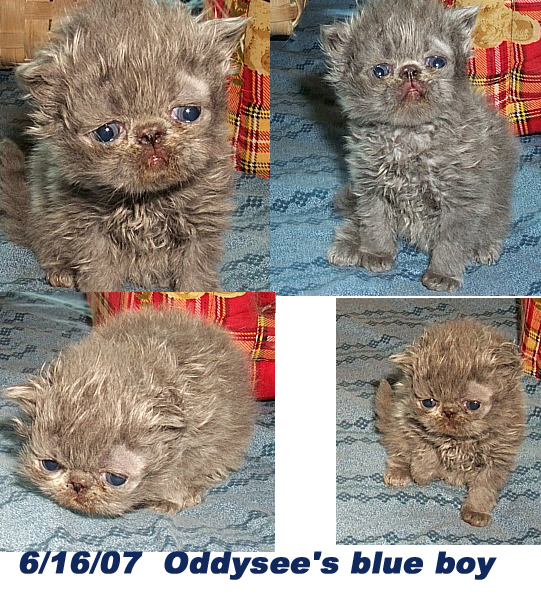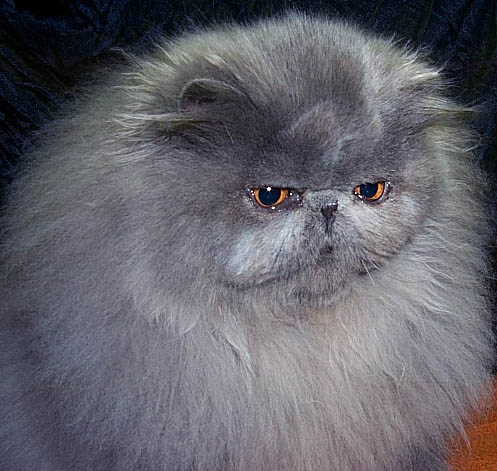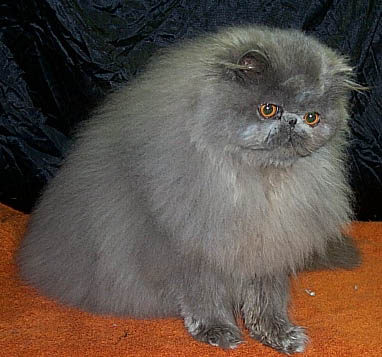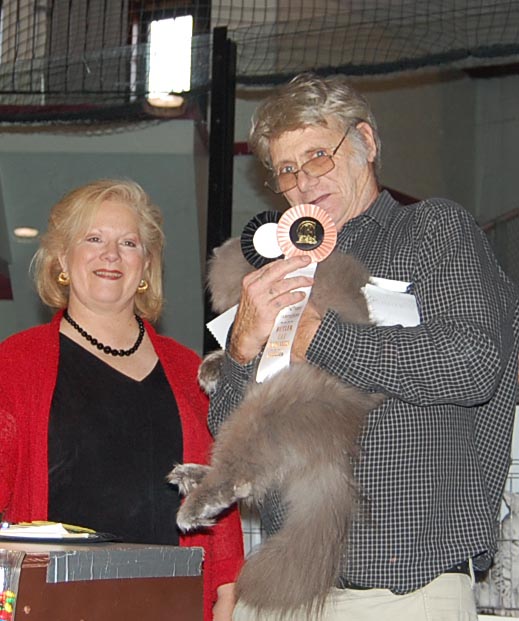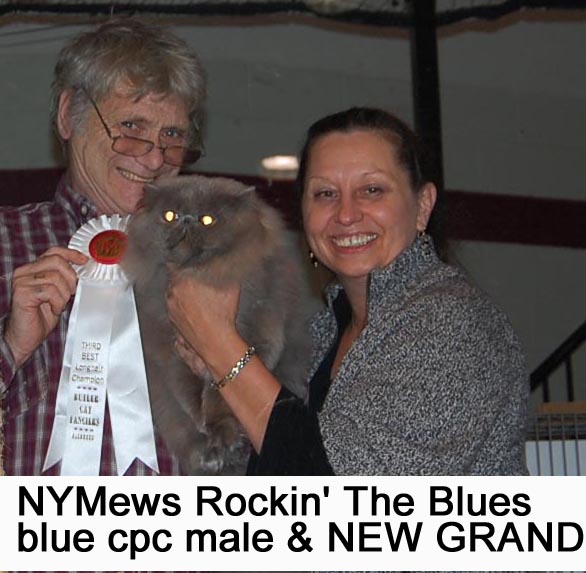
GC BW N.Y. Mews Rockin' The Blues
('Puff')
My pedigree
Region 1 2007-2008 2nd
Best Blue Persian
AHC 7th Best cpc 2007-2008
Region 1 2008-2009 Best Blue Persian
Solid Blue persian male
| ABOUT US |
|
born May 26 2007 Simon x Oddysee
|
Blue Persian from The Ultimate Cat Book by Daivid Taylor Of all the persians, the Blue Persian's popularity has been the most enduring. One hundred examples of the breed were entered in the 1899 London cat show and today there are special shows in Britain devoted solely to the Blue Persian. Visit the Blue Persian Society page
Carefully controlled breeding has ensured that the Blue Persian most closely represents the standard laid down for Persians and as a result it is frequently used to improve the type of other color varieties. History of the Blue Persian Although longhaired blue cats have been featured in artists' impressions for several centuries, and were well-known in Renaissance Italy, the modern variety did not come into its own until the late nineteenth century.
The breed probably originated from crossbreeding between white persians and black persians and early examples showed tabby markings. The Foundation of the Blue Persian Society in Britain in 1901 gave the breed considerable prstige which was further enhanced by the patronage of Queen Victoria. Temperament The Blue Persian has a well-deserved reputation for being calm, considerate and above all, gentle. The BLUE that gives the breed its name is in afact a dilute form of black that may be more accurately described as blue-gray.
The CFA breed standard describes the white persian as follows: BLUE: blue, lighter shade preferred, one level tone from nose to tip of tail. Sound to the roots. A sound darker shade is more acceptable than an unsound lighter shade. Nose leather and paw pads: blue. Eye color: brilliant copper. |
||
|
NY
Mews Rockin' The Blues
|
|||
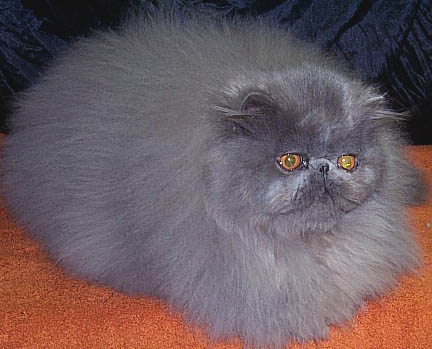 |
|||
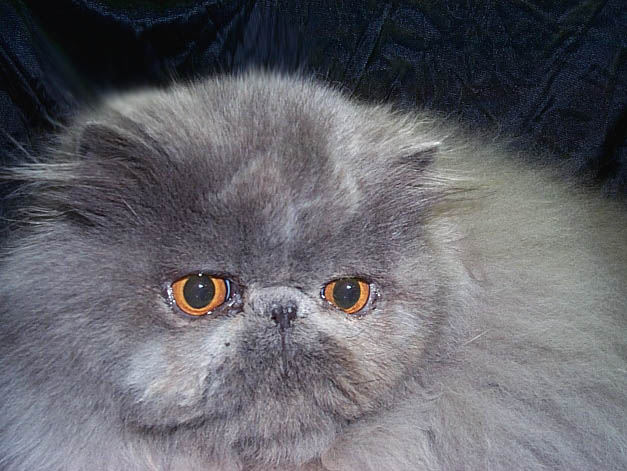 |
|||
|
|
|||
|
|
|||
|
|||

